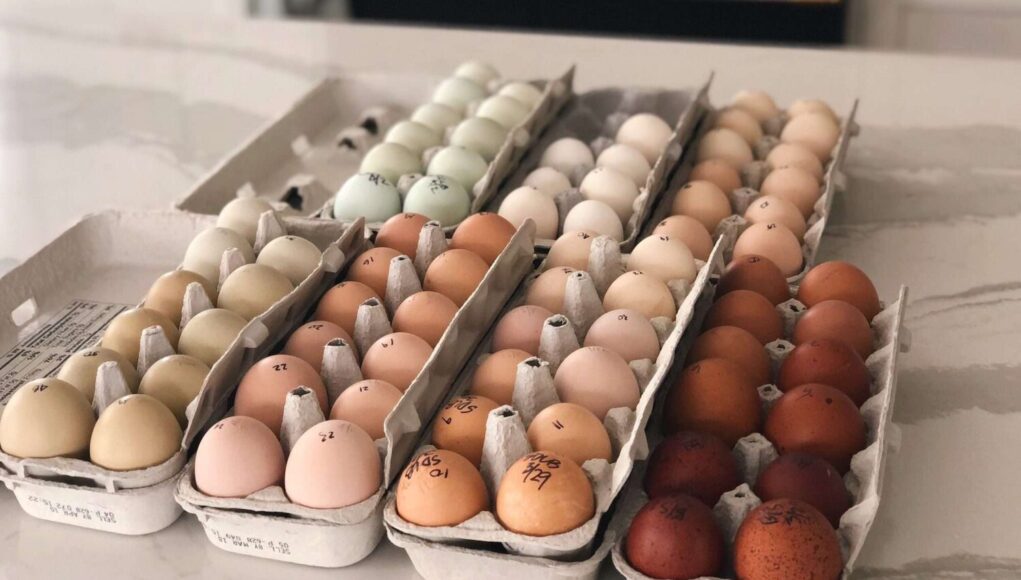For many chicken enthusiasts, the concept of building a homemade incubator can be both exciting and daunting. Whether you’re a seasoned chicken lover or just starting out, understanding the pros and cons of homemade incubators is crucial. This article will guide you through the essential aspects of creating your own incubator, helping you make informed decisions that align with your goals.
Creating a homemade incubator offers a unique opportunity to learn about the incubation process and engage with your flock in a new way. However, it’s important to weigh the benefits and challenges before diving in. Let’s explore the world of homemade incubators and discover what might work best for your needs.

The Benefits of Homemade Incubators
Cost-Effectiveness
One of the primary advantages of a homemade incubator is cost-effectiveness. Purchasing a commercial incubator can be expensive, but building your own allows you to use materials you already have, saving money in the process.
Customization
With a homemade incubator, you have the freedom to customize it to suit your specific needs. Whether you want to adjust temperature settings or humidity levels, building your own incubator allows for greater flexibility and control.
Learning Experience
Constructing a homemade incubator is an educational journey. It provides hands-on experience and a deeper understanding of the incubation process, making it an excellent project for those eager to learn more about chicken husbandry.
The Drawbacks of Homemade Incubators
Technical Challenges
Building a homemade incubator comes with technical challenges. Ensuring the right temperature and humidity levels can be difficult, and it requires careful monitoring to ensure successful hatching.
Time-Consuming
Creating and maintaining a homemade incubator can be time-consuming. From gathering materials to monitoring conditions, the process demands significant time and attention.
Risk of Failure
There is always a risk of failure with a homemade incubator. If not built or maintained properly, it can lead to unsuccessful hatches, which can be disheartening for chicken enthusiasts.
Building Your Own Incubator
Materials Needed
To build a homemade incubator, you’ll need materials such as a container, a heat source, a thermostat, and a humidity monitor. These components are essential for creating a functioning incubator.
Step-by-Step Guide
Building a homemade incubator involves several steps, including assembling the materials, installing the heat source, and setting up the thermostat and humidity monitor. It’s important to follow a detailed guide to ensure success.
Monitoring and Adjustments
Once your homemade incubator is up and running, constant monitoring and adjustments are required. This includes checking temperature and humidity levels and making necessary changes to maintain optimal conditions.
Additional Considerations
Placement and Environment
The placement of your homemade incubator is crucial. It should be in a stable environment, free from drafts and temperature fluctuations, to ensure a successful hatch.
Backup Plans
Having a backup plan is wise. In case of equipment failure or unforeseen issues, a contingency plan can help mitigate risks and improve the chances of a successful hatch.
Learning from Mistakes
Building and using a homemade incubator is a learning process. Embrace mistakes as opportunities to improve and refine your incubation techniques.
Comparison with Commercial Incubators
Cost
While homemade incubators are generally more cost-effective, commercial incubators offer convenience and reliability, which may justify the higher price for some.
Reliability
Commercial incubators are designed for consistent performance, whereas homemade incubators may require more attention and adjustments to achieve similar reliability.
Ease of Use
Commercial incubators typically offer user-friendly features, while homemade incubators demand a higher level of involvement and understanding.
Conclusion
Building a homemade incubator is a rewarding experience that offers numerous benefits, from cost savings to a deeper understanding of the incubation process. However, it’s essential to weigh these advantages against the challenges and potential risks involved. By carefully considering your needs and resources, you can make an informed decision that enhances your chicken-raising journey.

FAQs
1. Is a homemade incubator worth the effort?
For many, the learning experience and cost savings make a homemade incubator worthwhile. However, it requires dedication and attention to detail.
2. What are the common mistakes in building homemade incubators?
Common mistakes include improper temperature regulation, lack of humidity control, and inadequate ventilation.
3. Can I use any container for a homemade incubator?
While almost any container can be used, it’s important that it is insulated and can maintain consistent temperature and humidity levels.
For more detailed guides on incubation, visit Egg Incubation Tips and Humidity Hacks. For further reading on incubation methods, check out this comprehensive guide on How to Incubate Chicken Eggs.
This article contains affiliate links. We may earn a commission at no extra cost to you.











